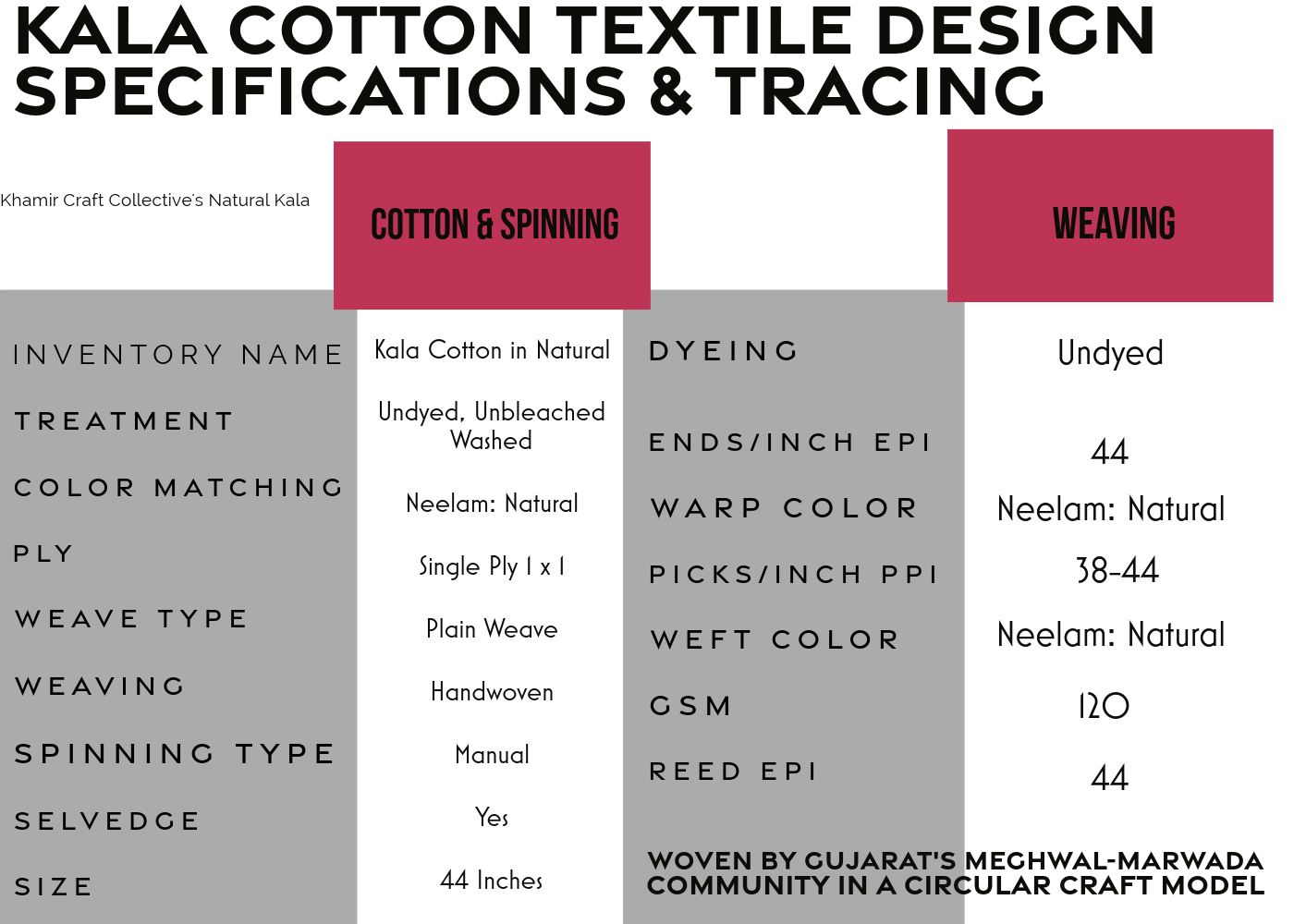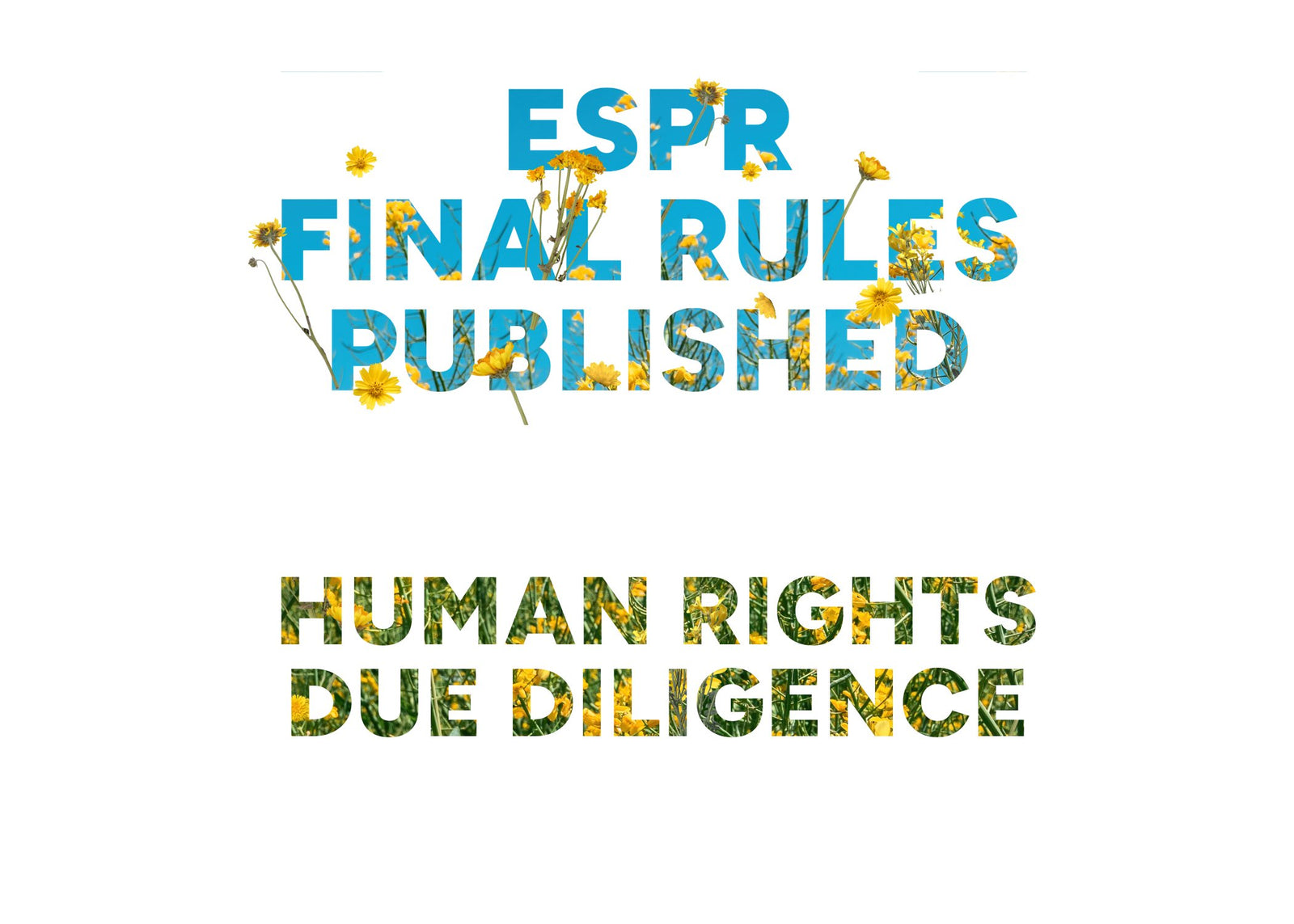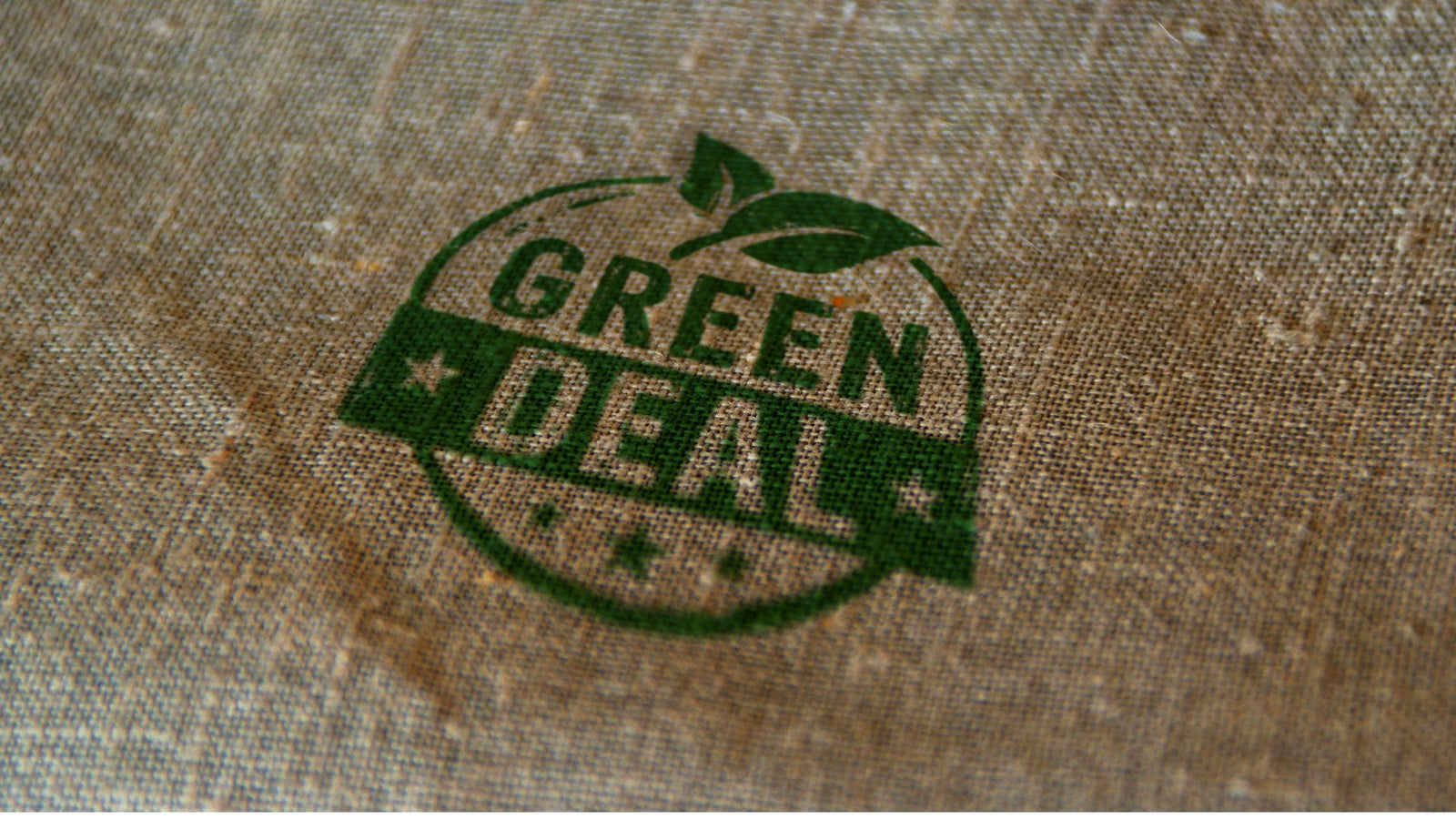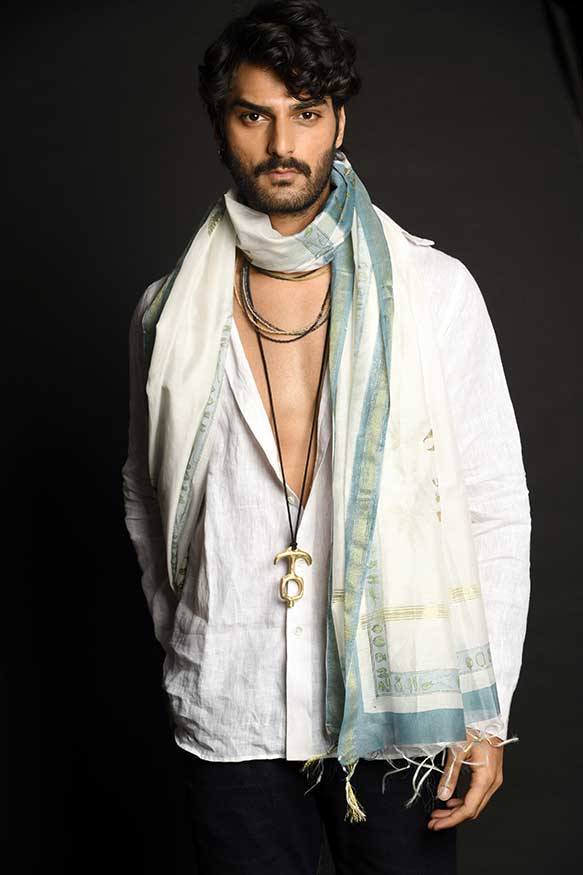Wear the Journey
We're working on a project that uses a remarkable heritage cloth that travelled from Bharat India over the Silk Roads. It makes a shirt that is more akin to clothing from 1823 than 2023.
In the west, the only thing we still make by hand is a sandwich, so most of us have lost the possibility of handwoven textiles. Think of handmade / handloomed / colored heritage fabrics as stepping into a 4000-year-old river of craft, creativity and culture. Hand spinning and handweaving are different worlds that let makers control for the characteristics they want. It is helpful to regard slight variations in color texture of heritage handwovens as a different vision of luxury.
When clothing was the color of dust—pattern, pigment and fine weaving were vivid signifiers of luxury and status. The historical center of beautiful cloth is Bharat India, which has a textile tradition going back at least 4,000 years on two vectors. One vector is handweaving, which the market valued for sensory qualities of airiness, softness and coolness on the skin. The other is India’s unparalleled command of natural plant dyes, refined pattern designs and sophisticated, sequenced techniques of printing, dyeing and binding color to cloth. These high-value artisan skills require deep expertise—with vibrant, luxurious and deeply romantic results.
4000 Years of Craft, Culture, Circularity and Creativity
True, craft products come out connected, communal, flexible, local and holistic communities that are inherently circular. Craft models organize in clusters that make unique goods. By comparison, workers in industrial models make standardized products which drive-up predictability and drive down costs—without regard to interdependency or the worker’s quality of life. Increasingly, India refers this work as the Sacred Economy.
Why is Kala Cotton Special?
Put simply, Kala cotton Is among the lightest impact raw materials in the world. Kala, G. Herbaceum, is a 5000-year-old unhybridized heritage cotton indigenous to Kutch in Gujarat, India. Kala cotton is a more sustainable, rain-fed alternative to hybridized cotton. This very special, biodiverse raw material is open-pollinated with regional genetic diversity that makes it resistant to drought, wind, bacteria, pests and high soil salinity. Kala textiles are stingy with resources, support traditional farming practices and deliver lovely, truly differentiated textiles.
Kala Cotton Details
- Dry-farmed, rain-fed Indigenous G. Herbaceum variety that requires irrigation only in the longest dry periods
- Open-pollinated naturally by wind, insects and random acts of nature
- High genetic diversity and biodiversity
- Short-staple fiber, which is less uniform than hybridized cotton
- Kala is usually grown in accordance with organic farming practices because smallholder farmers do not have access to irrigation technology, nor can they afford synthetic chemicals
- Kala is almost carbon neutral

Why You Care About Textile Specifications
Details for Wear, Care & Recycling
Quality
You care about textile specifications because these tell you a lot about the quality and make of your garment.
Care-For the Journey
Fabric specifications signal how to care for your clothes and keep them looking great for longer enjoyment. Importantly, specifications communicate your garment's content, longevity, recyclability and secondary market value.
Sensitive Skin
Unbeleached, undyed Kala cotton means it is pretty much straight from the field without added color. Not using synthetic pesticides or chemical fertilizers make this shirt great for anyone with chemical sensitivities.
Love You Long Time
GSM tells you how dense the weave is, which tips buyers to durability, weight and drape. The number of twists or ends tells you about how many "rubs" it can withstand. Tighter twists are more durable.






